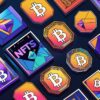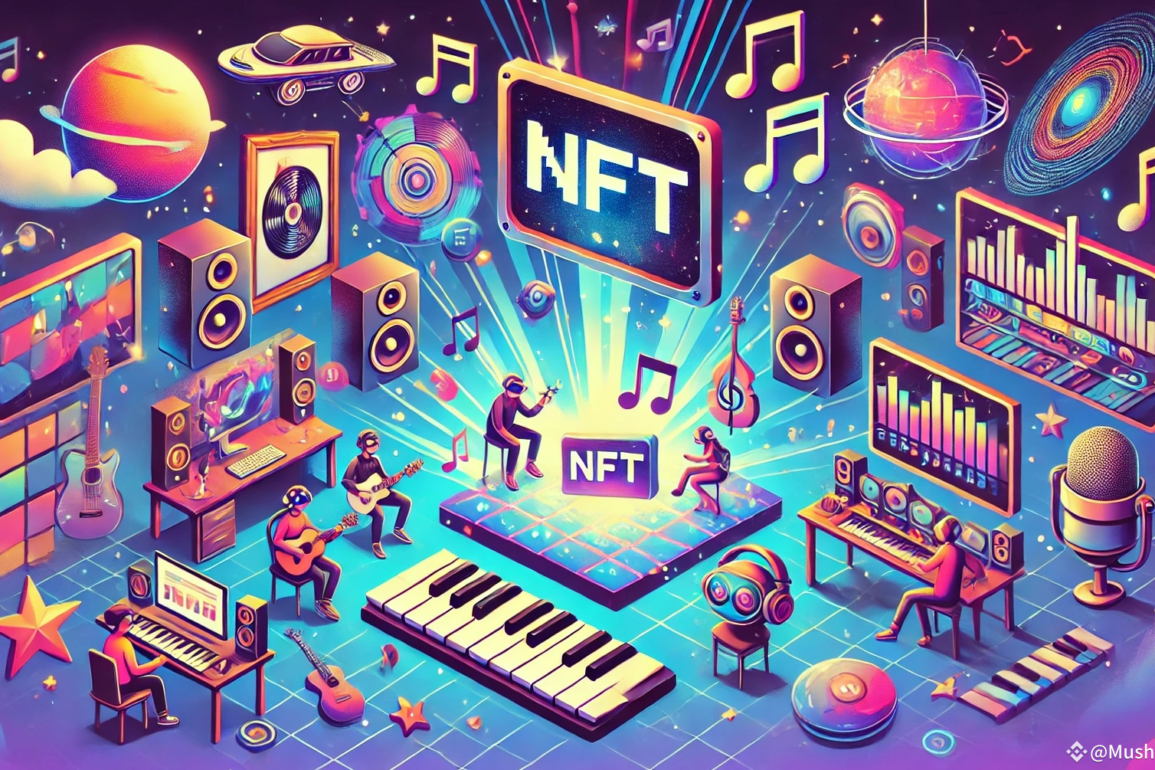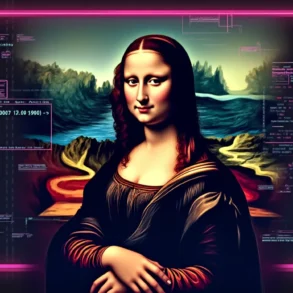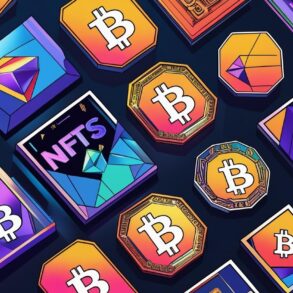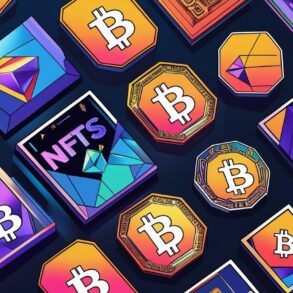
NFTs (Non-Fungible Tokens) have moved beyond the realm of digital art, expanding their applications into gaming, music, and virtual real estate. As these markets grow, they bring new opportunities and challenges. Here’s how NFTs are reshaping industries, with insights from experts, notable cryptocurrencies driving the revolution, and predictions for the future.
NFTs are transforming gaming by introducing verifiable ownership of in-game assets. Unlike traditional in-game purchases, NFT-based items allow players to trade and sell assets on decentralized marketplaces. Fred Wilson, a venture capitalist and blockchain enthusiast, notes, “Gaming and NFTs are a natural fit. They allow players to create, trade, and profit from their contributions to virtual worlds. This shift could redefine the economics of gaming.” Leading cryptocurrencies in this space include Immutable X (IMX), a Layer 2 scaling solution for Ethereum that powers NFT games like Gods Unchained, Gala Games (GALA), a platform supporting play-to-earn opportunities, and Enjin Coin (ENJ), enabling NFT integration across gaming platforms.
Music NFTs provide artists a new way to directly sell unique tracks, albums, or experiences to fans while ensuring perpetual royalties through smart contracts. Mike Shinoda, co-founder of Linkin Park, highlights, “NFTs allow artists to connect with their fans in ways that were previously unimaginable. It’s not just about selling music; it’s about creating experiences.” Cryptocurrencies enabling these innovations include Audius (AUDIO), a decentralized music streaming service integrating NFTs, and Emanate (EMT), which supports real-time royalty payments and NFT creation.
Virtual real estate is thriving, with platforms like Decentraland and The Sandbox allowing users to buy, sell, and develop NFT-based digital land. These assets are used for hosting virtual events, advertising, and gaming experiences. Matthew Ball, author of The Metaverse: And How It Will Revolutionize Everything, explains, “Virtual real estate is about more than owning land; it’s about creating spaces where communities can thrive in the metaverse. NFTs make this possible by establishing clear ownership and interoperability.” Key cryptocurrencies driving virtual real estate include Decentraland (MANA), powering land purchases in its metaverse, The Sandbox (SAND), enabling monetization of user-generated virtual experiences, and AXS (Axie Infinity Shards), expanding land ownership for metaverse use cases.
Challenges facing NFTs include regulatory clarity, as entities like the U.S. SEC scrutinize certain NFTs, and environmental concerns about blockchain technology, which are driving a shift toward sustainable solutions. Cathy Hackl, a metaverse strategist, explains, “The NFT market is still in its infancy. As we address issues like scalability, regulation, and sustainability, NFTs will play an integral role in how we interact with the digital world.”
Predictions for NFTs include the continued rise of interoperable NFTs, allowing assets to move seamlessly between platforms, and the expansion of NFTs into industries like education and healthcare. Market experts anticipate the NFT market valuation could surpass $230 billion by 2030, driven by mass adoption in the metaverse and decentralized apps. Gaming and virtual real estate are expected to dominate, with music NFTs becoming a mainstream tool for artists.
NFTs are no longer just tools for digital art—they are a transformative technology impacting gaming, music, and virtual real estate. Cryptocurrencies like IMX, AUDIO, MANA, and SAND are driving innovations that redefine digital ownership. As experts predict further growth and new applications, NFTs are poised to become foundational elements of the digital economy.
This post was originally published on this site be sure to check out more of their content



